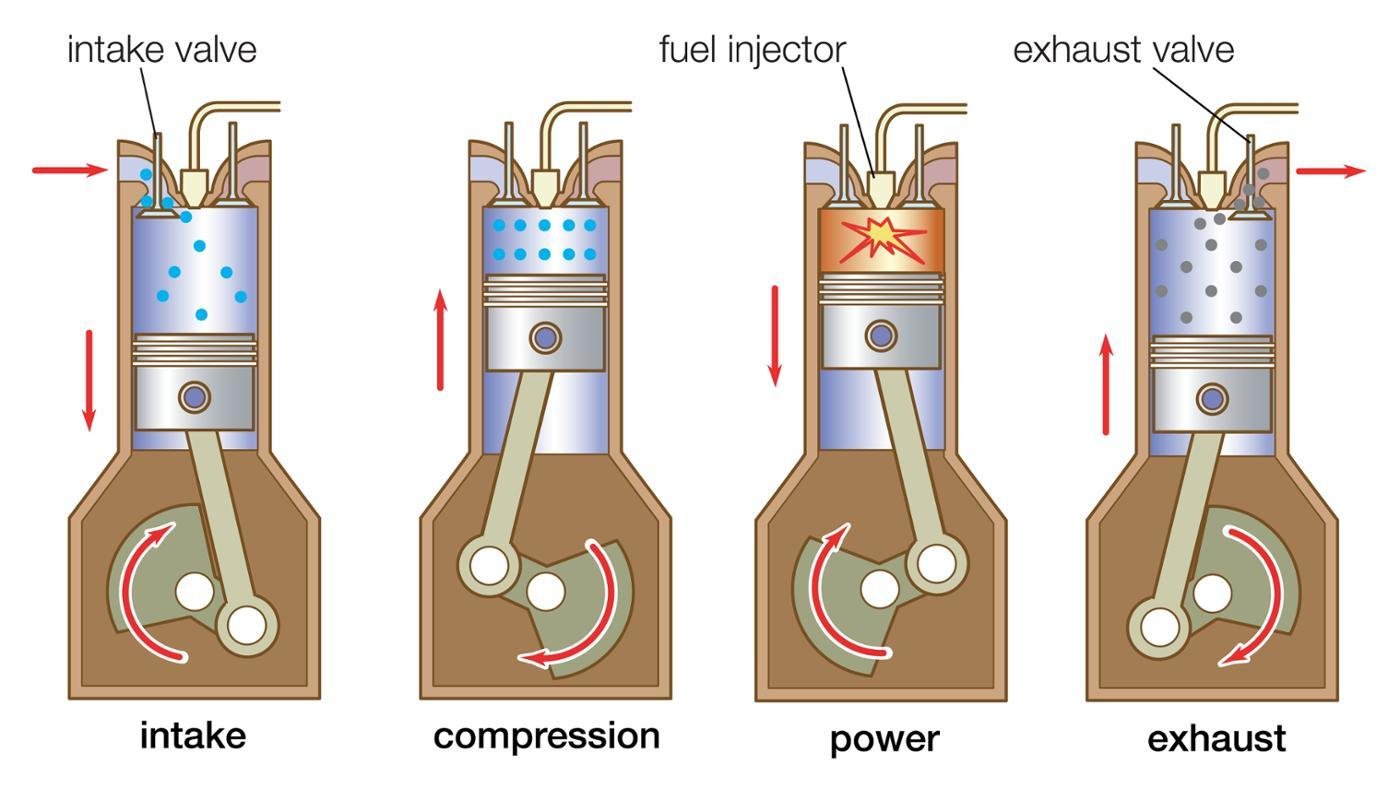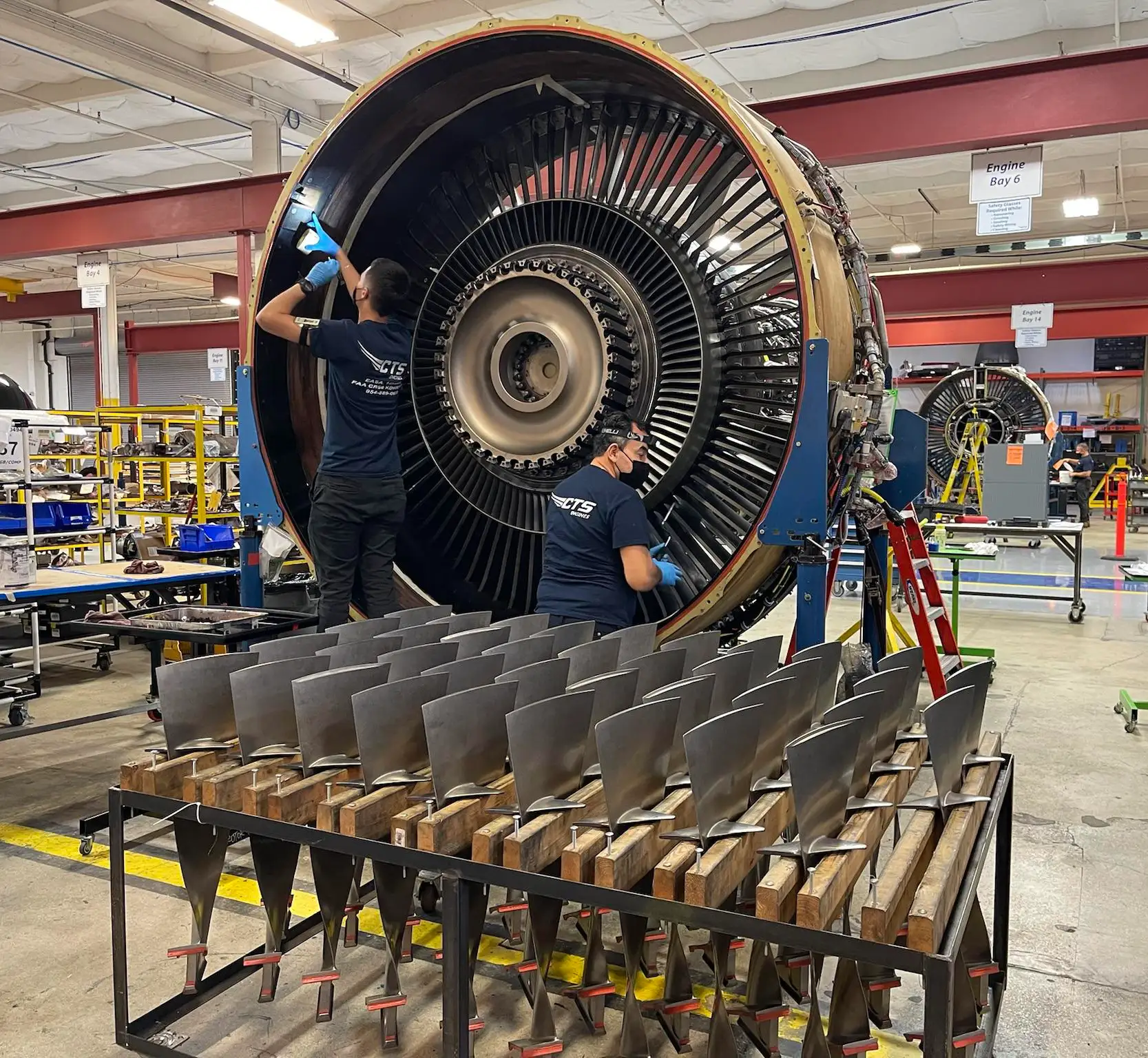Shop Engines for Africa and More at Our Considerable Auto Components Store
Shop Engines for Africa and More at Our Considerable Auto Components Store
Blog Article
The Mission for Ultimate Driving Power: Examining the Pinnacle of Engine Efficiency and Technological Advancements in the Automotive Field
In the world of auto engineering, the quest of optimum driving power has actually been an unrelenting mission that has unravelled with the evolution of engine style and the assimilation of advanced modern technologies. From the careful workmanship of combustion engines to the rapid innovations in electrical propulsion systems, the vehicle industry stands at the cusp of a new period identified by unmatched performance capacities.
Advancement of Engine Design

In addition, the combination of turbocharging and turbo charging modern technologies has actually revolutionized engine design by improving power without considerably raising engine size. These forced induction systems press the intake air, permitting even more fuel to be combusted, thereby producing higher power outcome from a smaller sized engine. This improvement has been especially vital in enhancing the efficiency of smaller variation engines while keeping fuel efficiency requirements.

Performance-Enhancing Fuel Technologies
The execution of sophisticated fuel technologies has significantly added to boosting engine efficiency in modern-day lorries. From conventional gasoline and diesel to innovative biofuels, artificial fuels, and hydrogen, the automobile market is seeing a transformation in gas options. Biofuels, acquired from renewable resources like corn, sugarcane, or algae, deal improved and lowered exhausts engine performance. Artificial gas, generated through chemical procedures, offer high octane rankings, enhancing power output. Hydrogen gas cells, although still in the very early stages of adoption, reveal fantastic assurance as a result of their zero-emission nature and capacity for high efficiency. Furthermore, gas additives and cleaning agents are being created to clean engine elements, maximize burning, and lower rubbing, therefore enhancing general car performance. With ongoing research and development, the mission for the ultimate driving power proceeds, as engineers aim to open the complete possibility of performance-enhancing gas technologies in the automobile sector.
Improvements in Electric Propulsion
Significant strides in electric propulsion modern technology have actually revolutionized the vehicle industry, leading the way for a brand-new period of effective and lasting transport. Electric cars (EVs) are acquiring popularity as a result of their environmental advantages and innovations in battery modern technology, making it possible for longer driving ranges and much shorter billing times. Makers are spending heavily in r & d to boost the performance of electrical propulsion systems, focusing on increasing power result, boosting power effectiveness, and decreasing total weight.
One significant innovation in electrical propulsion is the growth of sophisticated electric why not try this out motors that provide greater torque and power thickness, resulting in improved velocity and general driving performance. In addition, regenerative braking systems have been refined to save and capture energy throughout deceleration, more improving the performance of EVs.
Moreover, the combination of wise modern technologies, such as expert system and anticipating analytics, is optimizing the administration of electric propulsion systems, making sure ideal efficiency under different driving problems. These improvements in electric propulsion are improving the vehicle landscape, driving the sector towards a much more sustainable and electrified future.
Impact of Computational Fluid Dynamics
With improvements in electrical propulsion pressing the boundaries of automotive modern technology, the integration of Computational Fluid Characteristics is playing a crucial role in maximizing wind resistant performance and improving general performance in lorry layout. Computational Liquid Characteristics (CFD) entails the usage of computer system simulations to evaluate the circulation of air around a vehicle, allowing designers to predict how design modifications will impact the rules of aerodynamics without the requirement for pricey physical models. By precisely modeling air flow patterns, CFD enables the refinement of automobile shapes to decrease drag, enhance air conditioning, and improve stability.
One key advantage of making use of CFD in car style is the ability to repeat swiftly, checking out countless design variants to recognize the most aerodynamically reliable remedies. This iterative procedure leads to vehicles that are not only sleeker and more visually appealing yet additionally more fuel-efficient and environmentally friendly. CFD allows engineers to optimize air flow around components my link such as radiators, engine bays, and wheel wells, contributing to boosted performance and total click reference driving experience. In verdict, the integration of Computational Liquid Characteristics stands for a substantial step onward in the mission for ultimate driving power and efficiency in the vehicle market.
Future Patterns in Engine Technology
In the vibrant landscape of vehicle engineering, advanced innovations are forming the future trajectory of engine development. The future of engine style is marked by a solid emphasis on efficiency, sustainability, and performance. Manufacturers are significantly concentrating on developing engines that not just deliver high power results however also prioritize ecological responsibility by boosting and decreasing exhausts fuel effectiveness.
One famous pattern in engine innovation is the surge of electrification. Crossbreed and electric powertrains are getting traction as viable choices to traditional combustion engines. These innovations offer the possibility for considerable decreases in carbon exhausts and boosted energy effectiveness, straightening with worldwide efforts to fight climate adjustment.
In addition, advancements in products scientific research and manufacturing methods are making it possible for the production of lighter and extra long lasting engine components. This shift towards light-weight materials such as carbon fiber and aluminum alloys adds to enhanced performance and fuel economic situation.
Conclusion
Finally, the search of best driving power in the automobile industry proceeds to drive developments in engine style, fuel technologies, electric propulsion, and computational fluid characteristics. The advancement of these innovations is forming the future of engine advancement, leading the way for extra effective and effective vehicles (engines for africa). As the sector remains to push the boundaries of what is feasible, we can anticipate to see much more innovative developments in the quest for peak performance
One of the essential milestones in engine design evolution is the shift from typical carbureted engines to modern fuel-injected systems. By precisely metering the gas shipment to each cyndrical tube, fuel-injected engines enhance combustion, resulting in far better efficiency and minimized ecological effect.
Moreover, the combination of turbocharging and supercharging technologies has reinvented engine design by boosting power without dramatically boosting engine size (engines for africa).The execution of sophisticated gas modern technologies has substantially added to boosting engine performance in modern lorries. Furthermore, gas ingredients and cleaning agents are being developed to clean engine components, enhance burning, and lower rubbing, therefore enhancing general lorry efficiency
Report this page